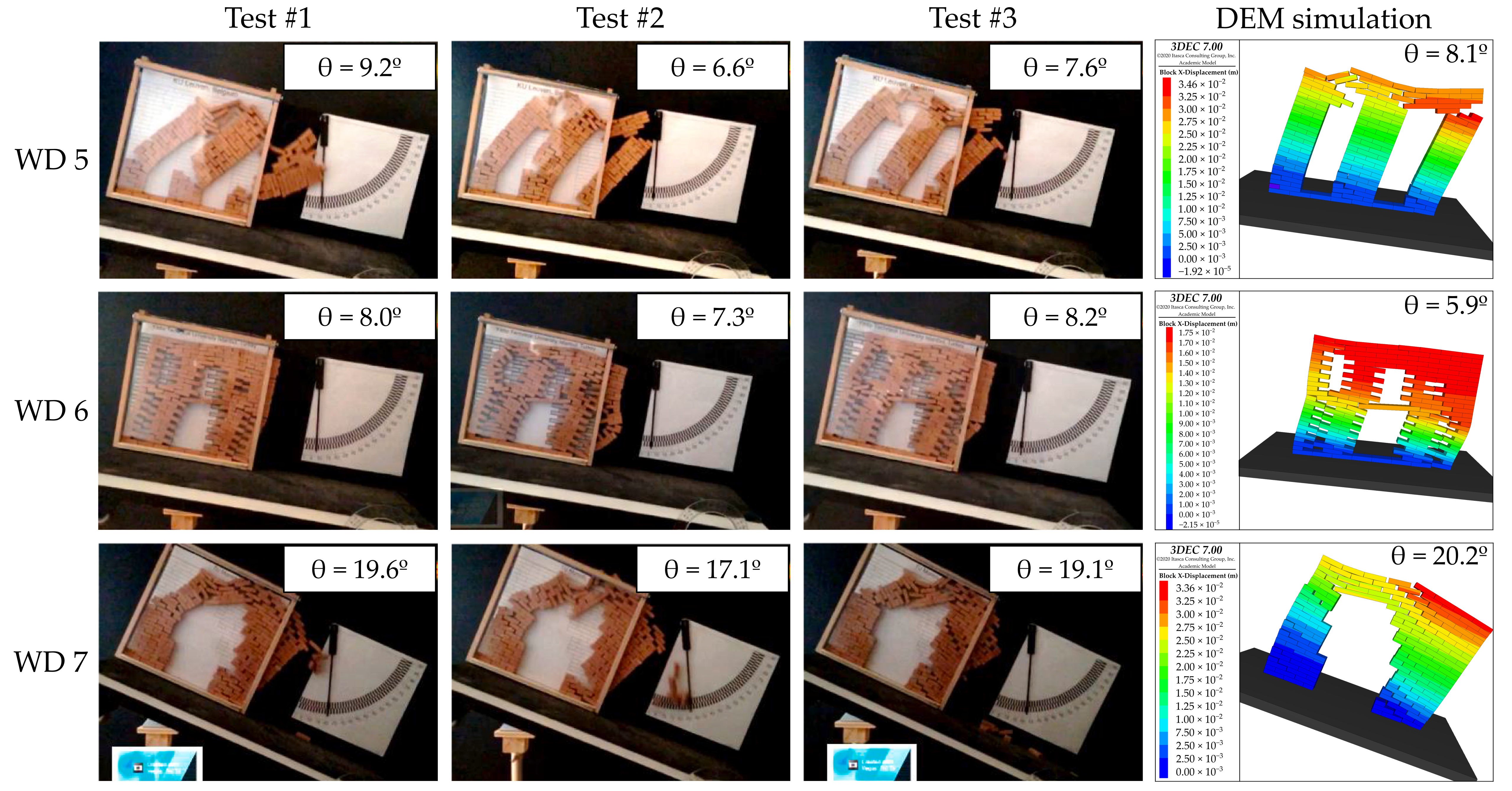Dry-joint assemblages are common in the masonry built heritage. In addition, many laboratory tests on masonry structures use dry-joint specimens to simplify and fasten the experimental campaigns. At the time of modelling the experimental behaviour, researchers often face difficulties to obtain the numerical parameters required for their simulations. Among them, dry-joint stiffness is very often required in micro-modelling strategies, besides being very suitable to model such assemblages. However, this parameter is rarely investigated experimentally, but rather evaluated through empirical/standard formulas or taken similar to previous studies.
On the other hand, though it still requires experimental research in this field, the actual dry-joint stiffness is affected by many parameters, including but not limited to, the axial stress, the roughness of the surfaces in contact, the humidity, the planarity of the surfaces and the alignment of bricks in an assemblage.
This work evidences that a wrong assessment of the dry-joint stiffness lead to a considerable overestimation of the tilting capacity of masonry shear walls. It uses a scaled-down experimental campaign from literature to show that in some special cases (low stress and imperfect blocks), the equivalent dry-joint stiffness needs to be relatively low, here down to 3 x 10^7 Pa/m. This observation also led the authors to draw critical conclusions regarding the drift limits proposed by Eurocode 8 in the framework of the Damage Limit States (DLS) for these soft assemblages that allow only minimal lateral loading before exceeding the threshold of the DLS.
Interested readers can find more detailed information on the following link. The videos of the collapse mechanisms are also shared below.
Share this post
